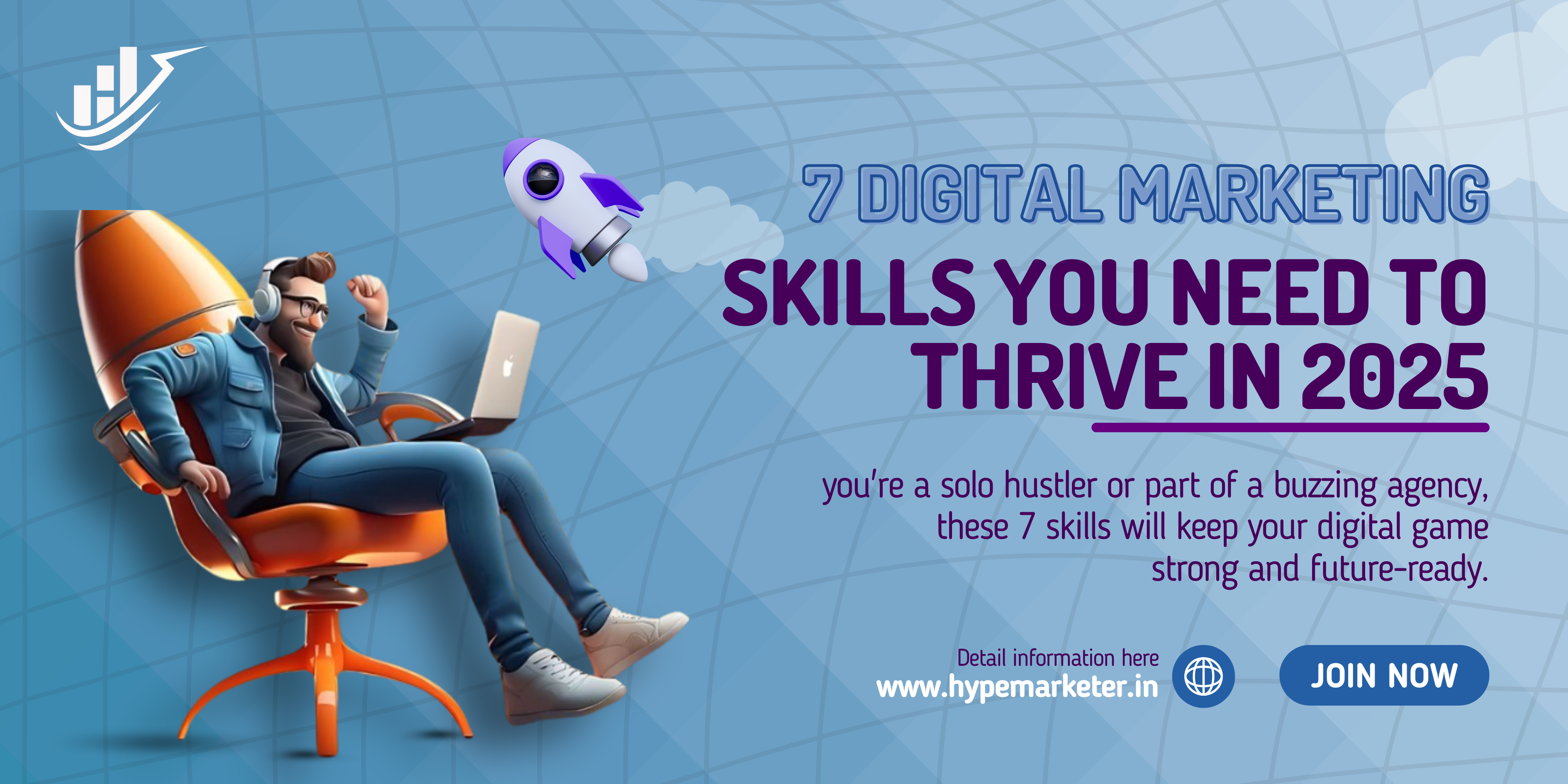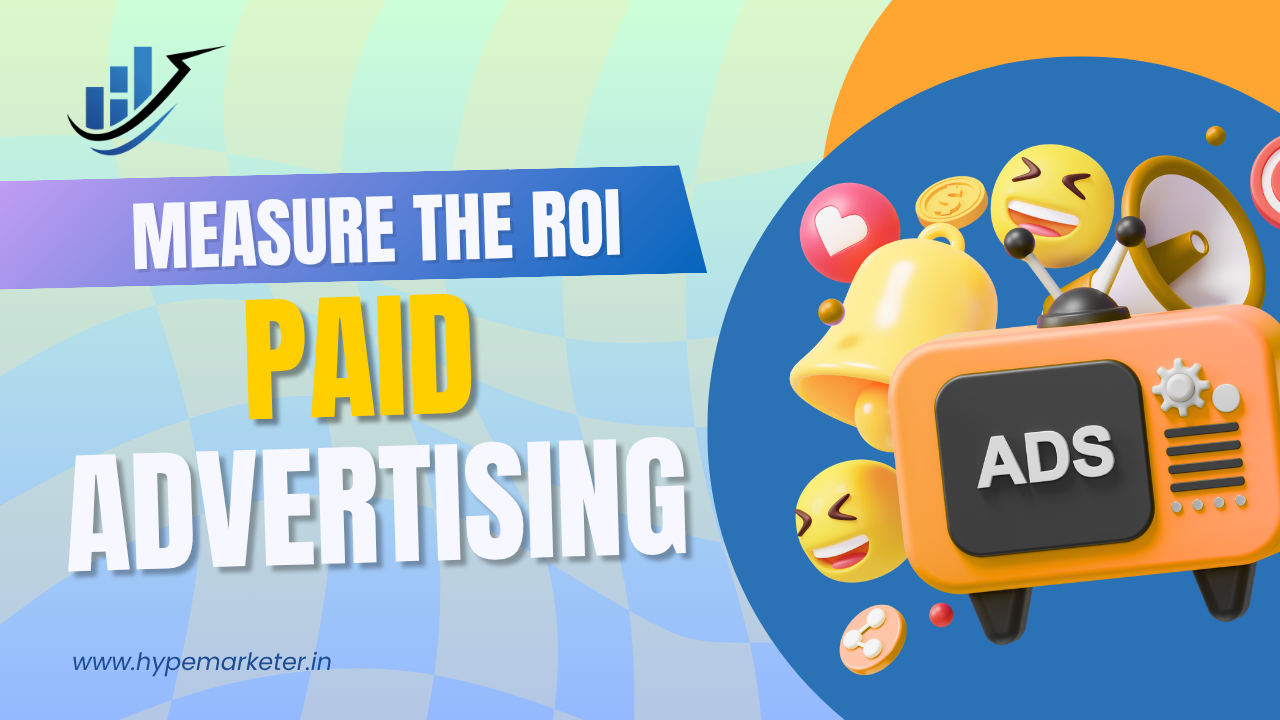Gen Z Isn’t Just Online—They Live There
First, a quick reality check. Gen Z was born into the digital world. While millennials remember dial-up tones and floppy disks, Gen Z was swiping on tablets before they could spell. They don’t distinguish between the digital and the physical world—they expect them to blend seamlessly.
And here’s where it gets interesting: they’re not just passively consuming content. They want to be immersed in it. That’s where AR and VR shine.
AR & VR: The Kind of Engagement Gen Z Craves
Let’s break it down simply:
- AR adds digital elements to the real world—think Instagram filters, Snapchat lenses, or trying on shoes with your phone camera.
- VR takes you into a completely digital environment—like putting on a headset and entering a virtual showroom or concert.
These aren’t just flashy gimmicks anymore. They’re legit marketing tools. And Gen Z? They’re loving it.
Why? Because AR and VR are:
- Interactive – They can touch, swipe, move, explore.
- Personalized – These experiences can adapt to the user.
- Shareable – Try an AR filter once and tell me you didn’t want to post it.
- Fun – Marketing that doesn’t feel like marketing always wins.
Brands Already Nailing It
Some brands are already ahead of the game, and honestly, it’s inspiring.
- Gucci let users try on sneakers via AR and even created a virtual fashion show.
- IKEA made it possible to place furniture in your room through AR, helping customers visualize purchases without stepping into a store.
- Wendy’s hopped on Fortnite and created a VR campaign that actually aligned with their brand story. Smart and entertaining.
These brands understood something important: Gen Z doesn’t just want to buy from you—they want to interact with you, often in real time, and in a way that feels like them.
It’s Not Just Hype—It Works
Let’s talk numbers (briefly, I promise). Studies have shown that AR experiences increase conversion rates by up to 70% in some e-commerce settings. VR has been linked to higher brand recall and emotional engagement.
More importantly, these experiences cut through the noise. In a world where users scroll past ads in milliseconds, AR/VR actually holds attention. That’s gold in digital marketing.
How You Can Get Started
Now, if you’re thinking, “Sounds cool, but I don’t have Gucci’s budget,” I hear you. The good news? You don’t need it.
Here’s how I’ve seen brands (including our own clients) start small but smart:
- AR filters for Instagram or Snapchat. Super engaging and relatively affordable.
- 360° video experiences on Facebook or YouTube.
- Virtual product demos or walkthroughs on your website.
- Gamified AR campaigns with rewards and user-generated content.
And if you’re totally new to this, there are platforms and creators that specialize in AR/VR content. Partner with the right people, and you can make your brand stand out without breaking the bank.
The Future Is Already Here
With Apple’s Vision Pro, Meta’s VR world, and more brands moving into virtual spaces, we’re heading toward a future where AR and VR will become the norm, not the novelty.
And guess who’s leading us there? Yup—Gen Z.
Final Thoughts
If there’s one thing I’ve learned from marketing to Gen Z, it’s this: they don’t just want to watch—they want to participate. The more immersive, creative, and interactive your marketing is, the more they’ll respond.
AR and VR aren’t just trends—they’re the future of digital experiences. If your brand isn’t exploring these technologies yet, you might be missing out on the most influential generation of consumers today.
And hey, if you’re curious but don’t know where to start—HypeMarketer’s got you. We’re already helping brands level up with immersive tech and next-gen strategies.
Let’s build something they won’t just scroll past. Let’s build something they’ll remember.
Contact Today!
📱+91 9372948132
🌐 www.hypemarketer.in


